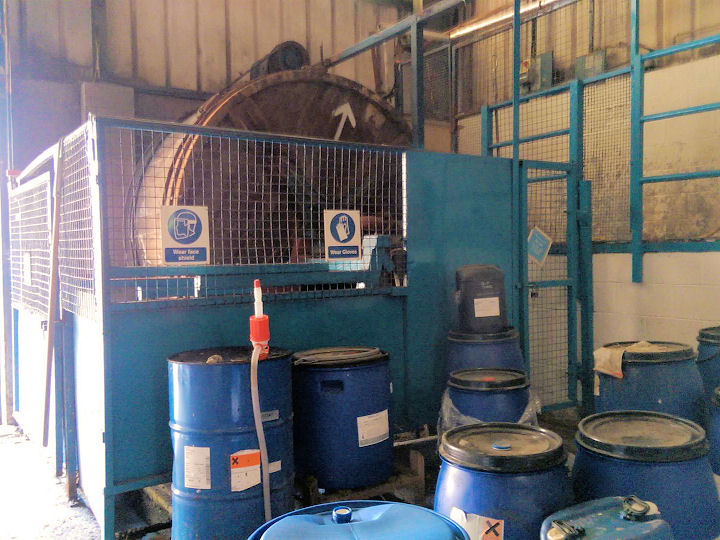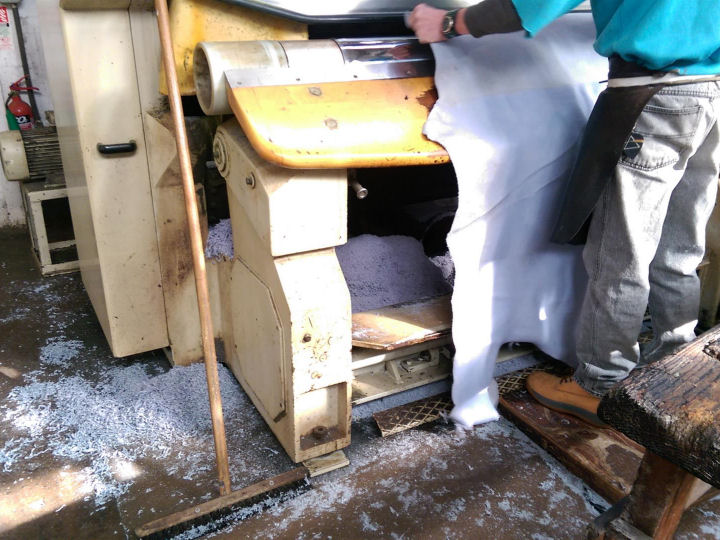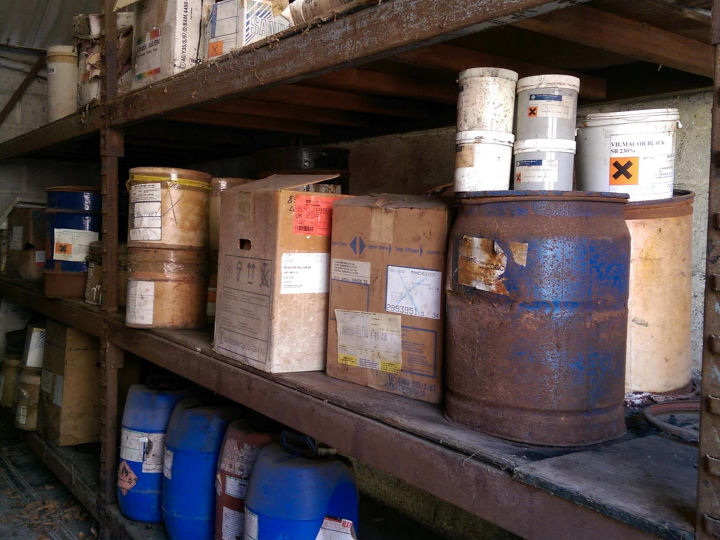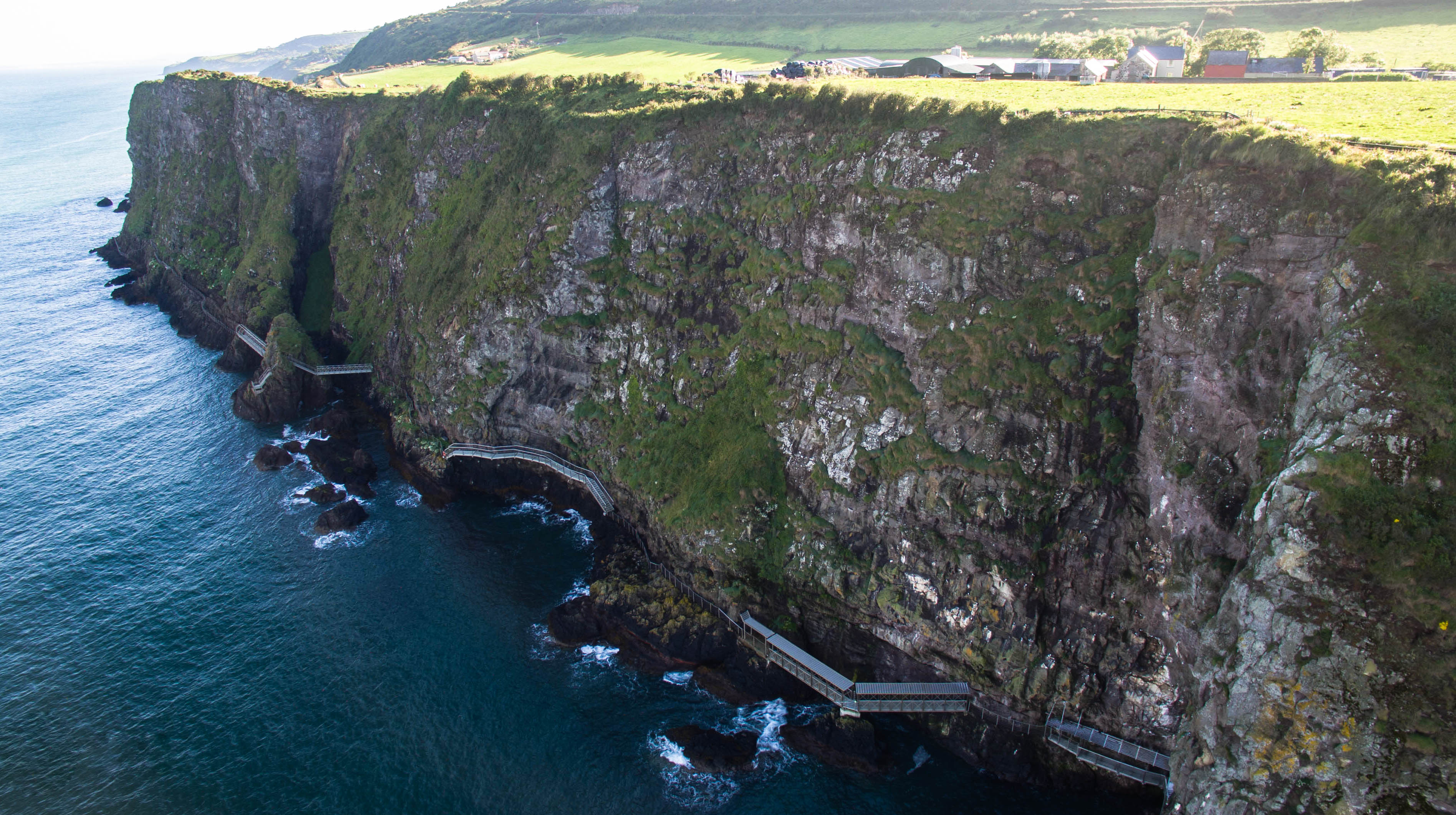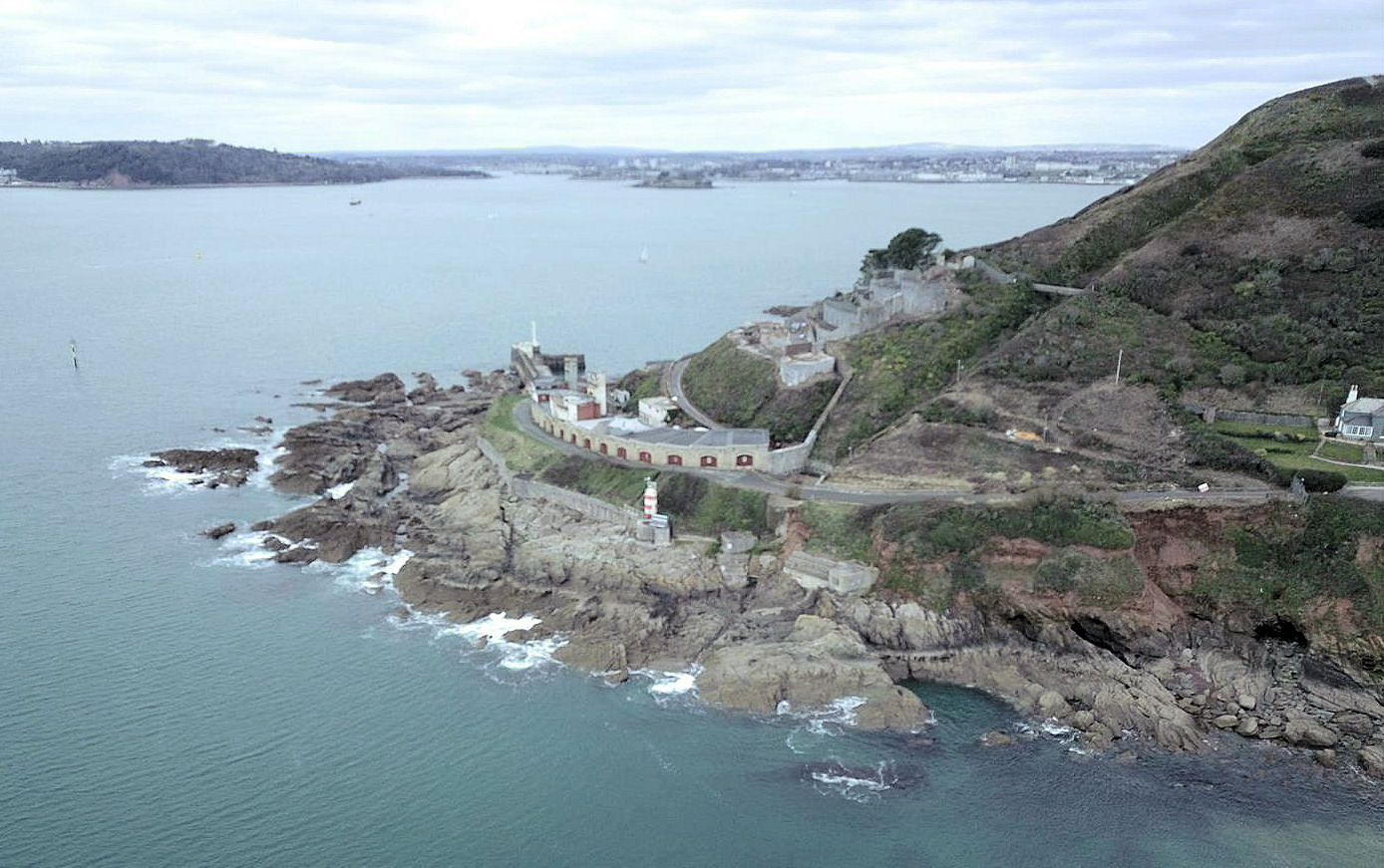Glove Manufacturing Site, Somerset
The site has been a glove dyeing and manufacturing factory since the mid-1800s and investigations were required ahead of future re-development.
The site comprised a number of processing areas, workshops and storage areas including former settling tanks and underground fuel storage.
Historically the factory’s leather hides arrived at the site as ‘wet blue’ leather (after the chromium-based tanning process that it goes through prior to importing onto site) before being further processed through various main stages such as shaving, dyeing, drying and cut and sewn into the various glove types.
The potential contaminant sources identified were generally related to fuel storage, cleaning agents, oils, machinery lubricants, dyes, binders, historical softening agents such as tar oils, historical biocides and insecticides such as organo-mercury compounds and cation/anion compounds, historical tanning agents such as chromium-based tans and metals / metalloids compounds from pigments and dyes and possibly aniline-based fungicides.
Red Rock Geoscience Ltd was commissioned to undertake pre-acquisition intrusive investigations to determine contaminant levels and remedial requirements ahead of future site re-development.
